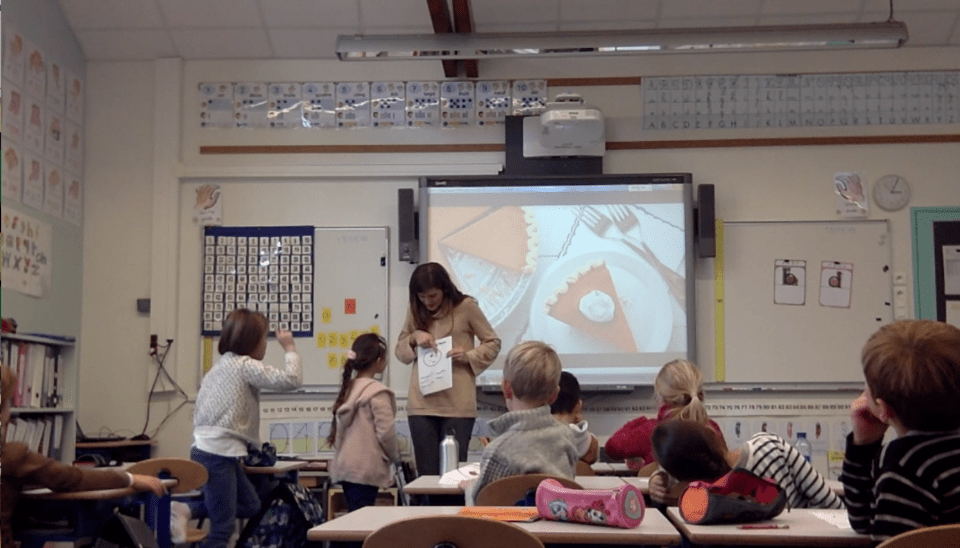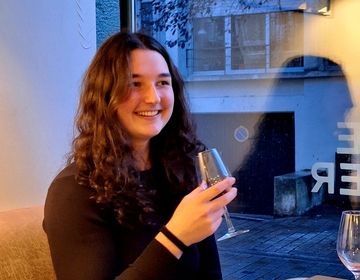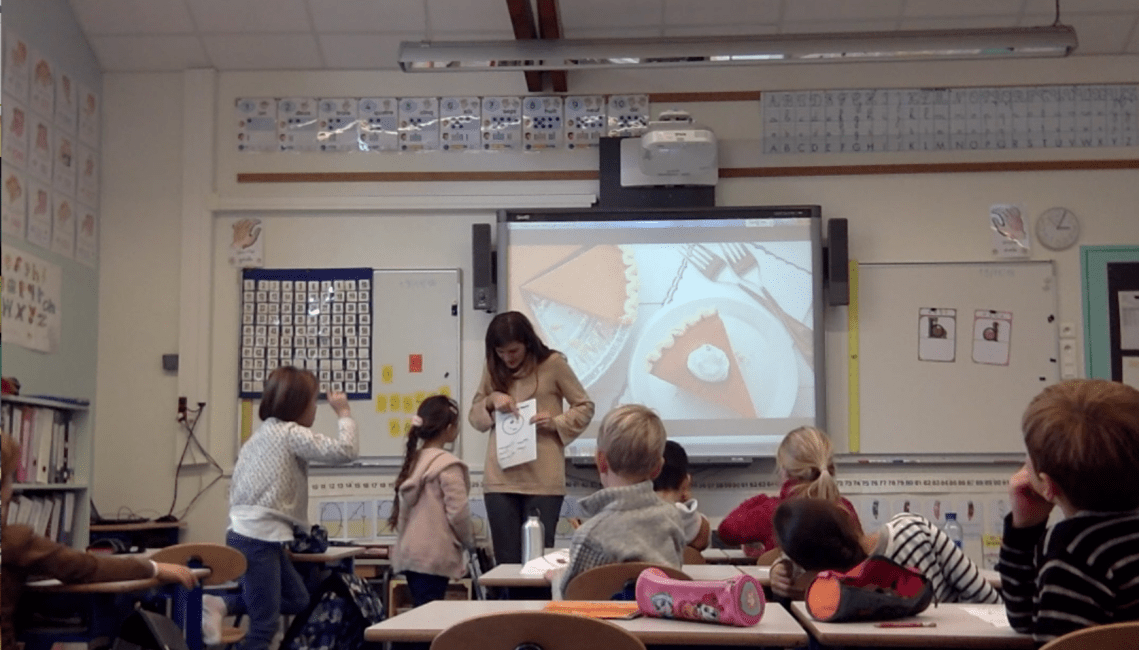Teaching assistantship experience
When I began dreaming about my ideal study abroad program, I knew that spending time in a classroom, interacting with children would be a priority. I saw a French classroom as my perfect, intimate view into the complexity of what it means to be French, and for me, there were no better teachers than children. I was curious to transplant the familiarity of a school in the United States to this new place and to explore the English language by understanding its role in the life of a French student. Through conversations with my academic advisor and stories from my peers who had returned from semesters abroad, I discovered the teaching practicum associated with the CIEE program in Rennes. I could imagine myself there, joining my passions, my two majors—French and English as a Second Language education—together.

The teaching practicum provides an opportunity for CIEE students to spend one hour a week in an elementary, middle, or high school classroom as an English assistant. I was placed in an école primaire in a class equivalent to 1st grade in the United States. On Monday afternoons, I take a bus from the center of Rennes to a northern, residential neighborhood where Jules Ferry, the small and inviting elementary school, is nestled between houses and towering old trees. On my first day at the school, my host teacher and I sat in the lounge, drinking tea and discussing how much English the students had already learned. She told me that the 6 and 7-year-olds had just started their English lessons at the beginning of this school year. In my first interaction with the students, I learned that they had already mastered, “Hello! What’s your name?” In addition to learning English for the first time, the students are also learning how to read and write, but I didn’t realize this until I asked a boy to read a phrase on a PowerPoint slide. After a few seconds of intensely staring at the screen, the boy looked to me for guidance. Before I could respond, the teacher let me know that the students could not yet read independently. From this point on, my teaching has been based on call and response, singing, having conversations, and making observations about pictures and each other. Our weekly ritual is to begin and end the class with a song or a new book, like The Very Hungry Caterpillar and I Love My White Shoes. So far, we have talked about colors, numbers, animals, food, Thanksgiving traditions, body parts, and clothing.
Besides the one hour of teaching each week, we also have an hour of class together at the university. The four of us participating in the teaching practicum gather to discuss the particularities of the French school system as well as how to address behavioral issues and design engaging activities. Our weekly homework assignment includes writing a lesson plan for our individual classes and then analyzing how well the students reacted to it. Additionally, our professor for the pedagogy course has come to observe us teaching two times throughout the semester.
My favorite memories from this semester in a French classroom will be those moments when I made a connection with the students. From congratulating a proud student who told me that he had learned the word “eleven” to speaking with another who had watched A Charlie Brown Thanksgiving with her family, I have loved my individual conversations with students who were excited to share their knowledge and experiences with me. The teaching practicum has allowed me the opportunity to find familiarity and comfort—that is, the gift of interacting with children—in this new place. What I found in the French classroom is that the complexity I sought to find about what it means to be French, though ever-present and important to acknowledge, has transformed into a recognition of the universals found in all children.
Olivia VAN WEELDEN
St Olaf College
Related Posts

A day in the life
Entre la découverte de la vie française et les cours intensifs pour préparer mon examen d'entrée en droit, mes journées sont bien remplies, mais très enrichissantes ! Embarquez avec moi... keep reading

Travel Experiences
One of the best parts about studying abroad is that learning doesn’t stop when you leave the classroom. In fact, some of the most memorable lessons come when I was... keep reading

At Home In France
When I came to Rennes for my study abroad, I thought my biggest lessons would come from my university classes—grammar, vocabulary, literature, all that. But honestly, some of the most... keep reading
